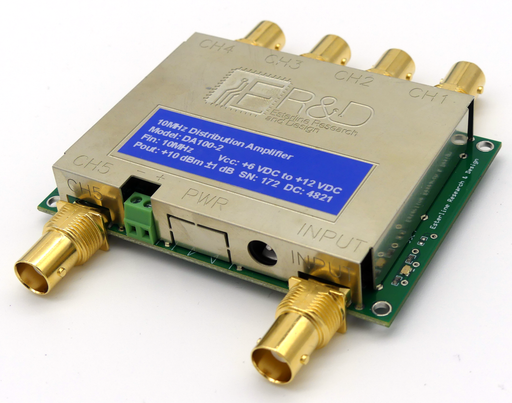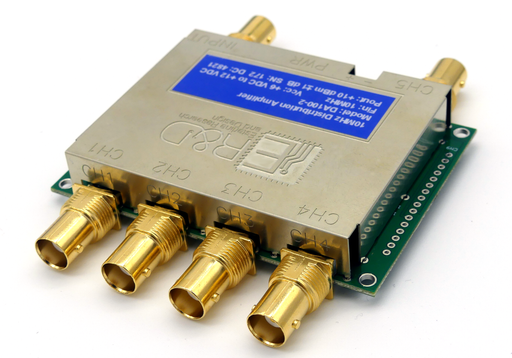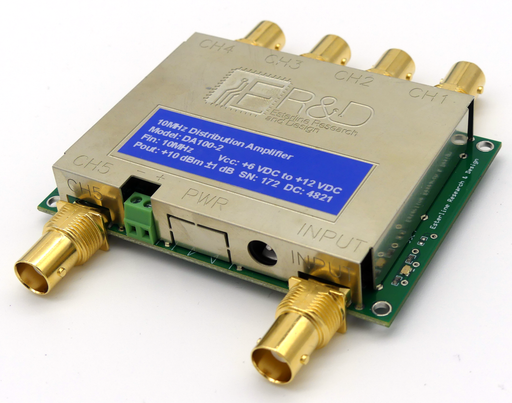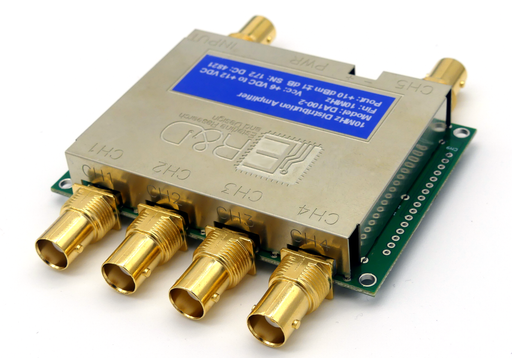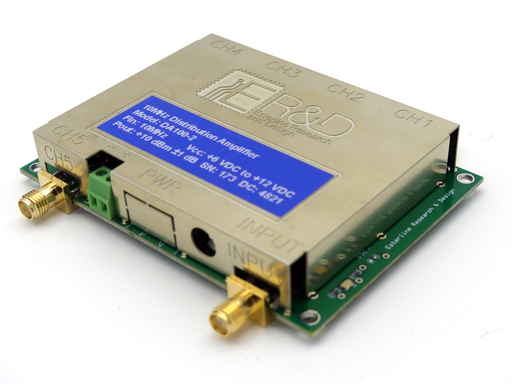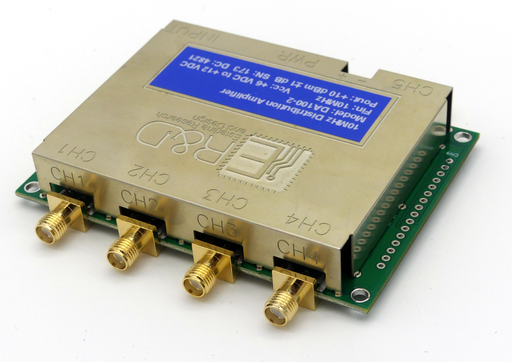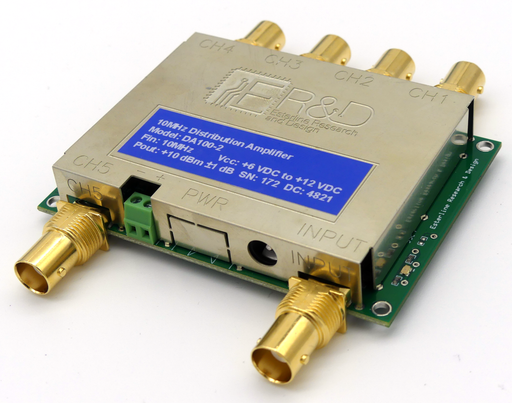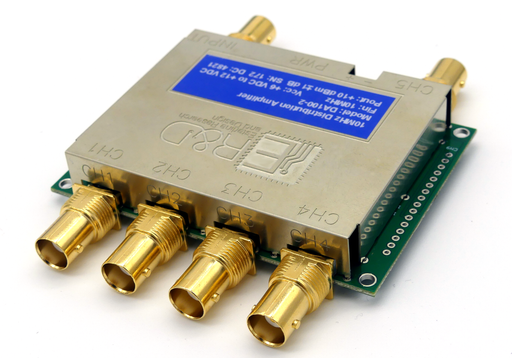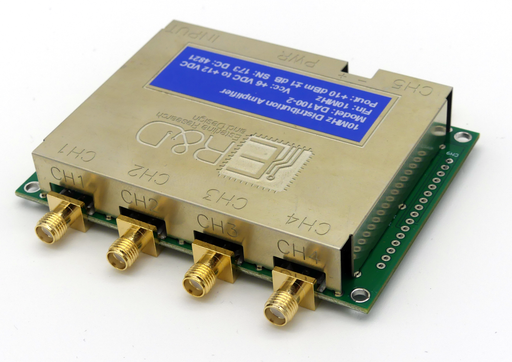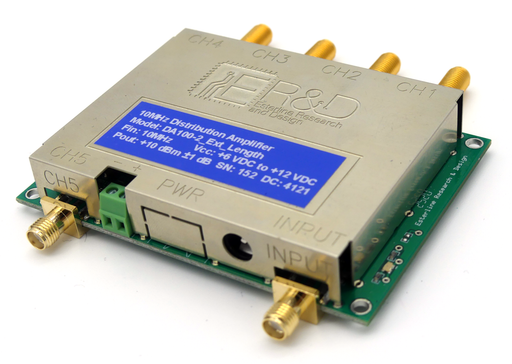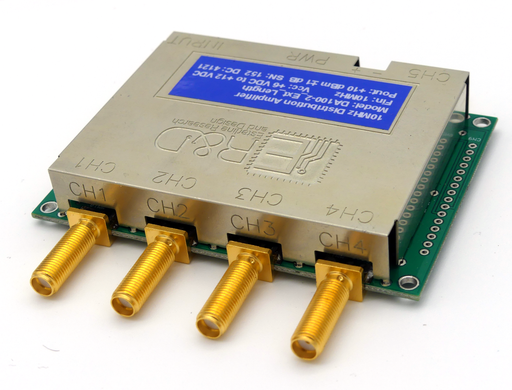Legacy Distribution Amp Part Numbers
These legacy part numbers are still produced. There are no changes to their manufacturing process. They have been gathered here so that they may still be ordered under their original part number.
Filters
DA100-1 Low Noise 5-Channel 10MHz Distribution Amp. w/ BNC Connectors
Data Sheet: DA100 Series Specification Sheet Operation Manual: DA100 Operation Manual Functional Description: The primary function of our D...
View full detailsDA100-10M00-BNC
Data Sheet: DA100 Series Specification Sheet Operation Manual: DA100 Operation Manual Functional Description: The function of a distribution ...
View full detailsDA100-2 Low Noise 5 Channel 10 MHz Distribution Amp. w/ SMA Connectors
Data Sheet: DA100 Series Specification Sheet Operation Manual: DA100 Operation Manual Functional Description: The primary function of our DA100...
View full detailsDA100-3 Low Noise 5 Channel 5 MHz Distribution Amp. w/ BNC Connectors
Data Sheet: DA100 Series Specification Sheet Operation Manual: DA100 Operation Manual Functional Description: The function of a Distribution Am...
View full detailsDA100-4 Low Noise 5 Channel 5 MHz Distribution Amp. w/ SMA Connectors
Data Sheet: DA100 Series Specification Sheet Operation Manual: DA100 Operation Manual Functional Description: The function of a Distribution Ampli...
View full detailsDA100-6 Low Noise 5 Channel 10 MHz Dist Amp. w/ Bulkhead SMA Connectors
Data Sheet: DA100 Series Specification Sheet Operation Manual: DA100 Operation Manual Functional Description: The function of a distribution am...
View full details
